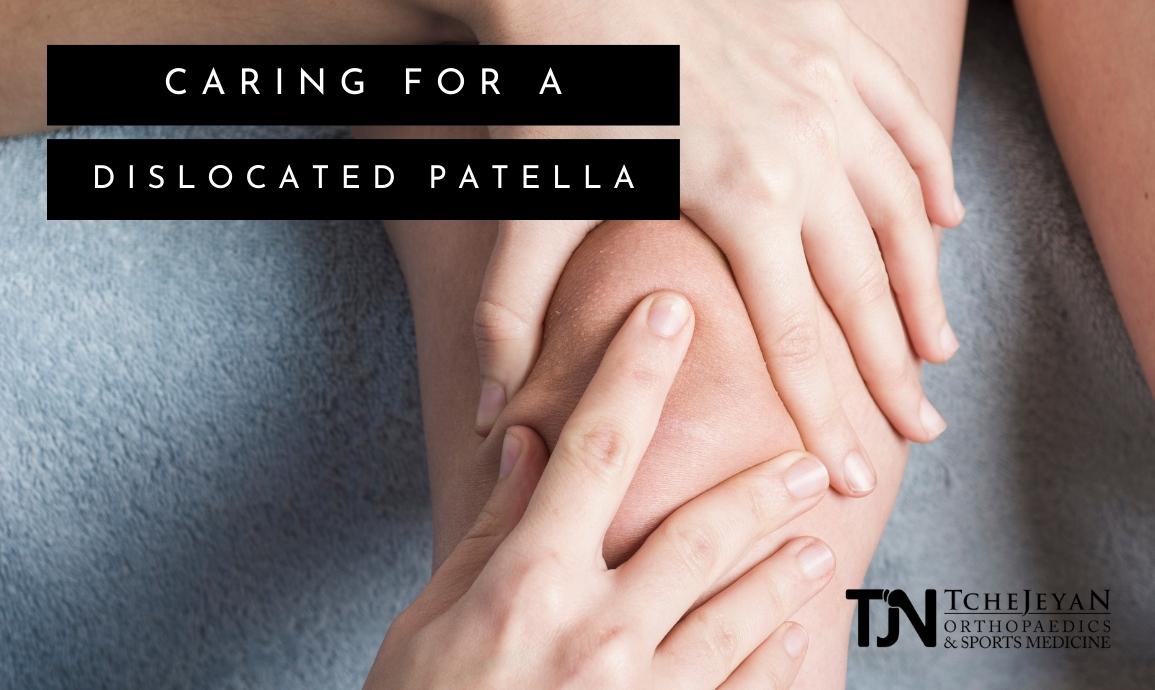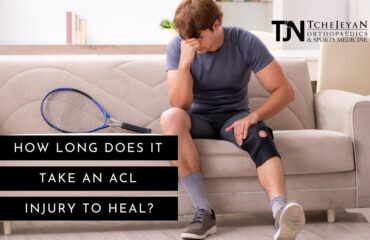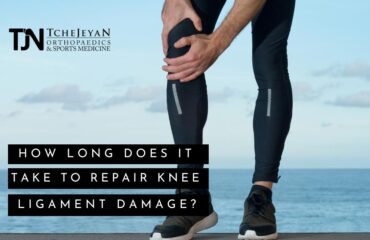A dislocated patella, or kneecap, can be extremely painful, but the good news is that this is an injury that can usually be treated without surgery. While seeking medical attention is always important to determine the extent of your injury, the kneecap can often be realigned and treated using simple, proven methods.
Once your doctor has determined that the patella is, in fact, dislocated, your doctor may try to move it back into place manually. To do this, the leg is carefully flexed until it is straightened. The patella can then be gently shifted back into its original position. As easy as this sounds, it is not something you should attempt to do yourself. Always seek professional medical attention right away if you think your patella has been dislocated.
Follow “RICE” Protocols
As with any joint injury, you will likely be advised to begin a RICE routine as soon as possible: Rest, Ice, Compression, and Elevation.
Rest with your leg straight and elevated. Place a bag of ice or a cold pack on the knee up to eight times per day, for about 15-20 minutes each time. Wrap your knee snugly in a tensor bandage, but if your leg begins to feel numb, loosen the bandage–it is wrapped too tightly.
These actions are intended to reduce the swelling that usually accompanies a joint injury. And while swelling is your body’s natural response (it rushes fluids and white blood cells to the injured site), the swelling can increase the pain in your knee.
Keep the Knee Immobilized
The last thing you want to do is to re-dislocate your patella before it has had a chance to heal. Consequently, your doctor may recommend keeping your knee in a brace or cast. Crutches can also be helpful for avoiding leg movement and keeping pressure off the knee as it heals.
Aspirate the Joint
In some cases, a dislocated patella can be accompanied by a buildup of excess fluid in the knee joint. If this is the case, your doctor will need to aspirate the joint, which involves removing the fluid with a syringe. This is a painless procedure that can be very helpful for removing the pressure–and resultant pain–in the joint.
Use Appropriate Pain Medication
In most cases, an over-the-counter pain reliever such as ibuprofen or naproxen should be sufficient to reduce pain and inflammation in the knee joint. But if the pain is severe, your doctor may recommend a stronger pain medication by prescription. Usually, such medications are needed for only a short time, to get you through the first few days of recovery. After that, over the counter medications may be used when needed.
Know When a Dislocated Kneecap Requires Surgery
If the dislocation is particularly severe or there has been damage to the surrounding cartilage, ligaments, or tendons, your doctor may conclude that surgery is the best route to fully restore your knee’s function and mobility. Your orthopedic surgeon will likely recommend arthroscopic surgery either with or without a reconstructive component.
If you have serious knee pain, it’s important to get a diagnosis as soon as possible so that the treatment and recovery process can begin. Contact us today at Tchejeyan Orthopaedics and Sports Medicine to arrange a consultation. Together, we can determine the best course of action and get you on the road to recovery.




